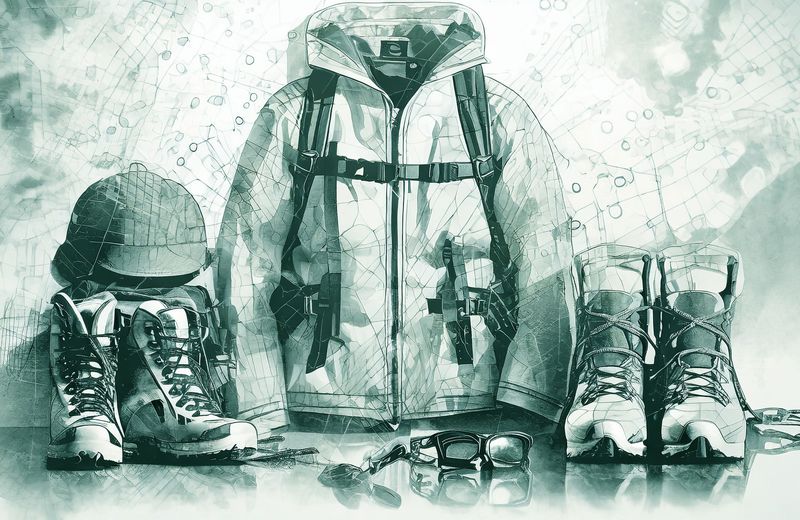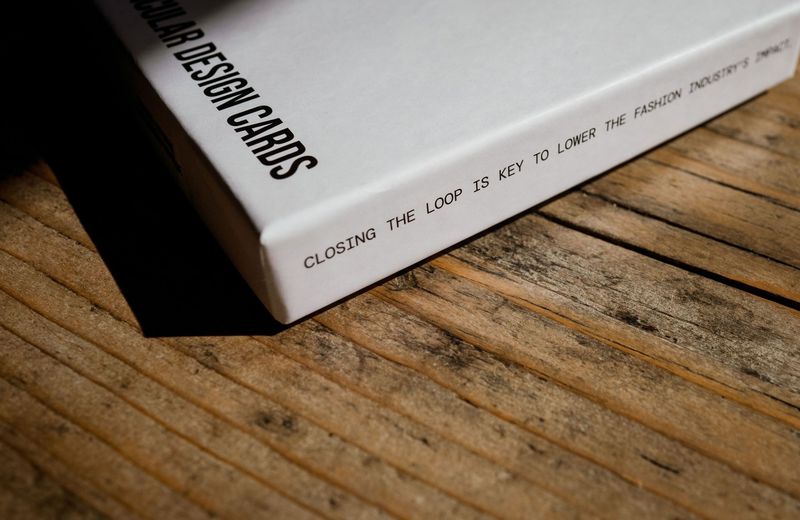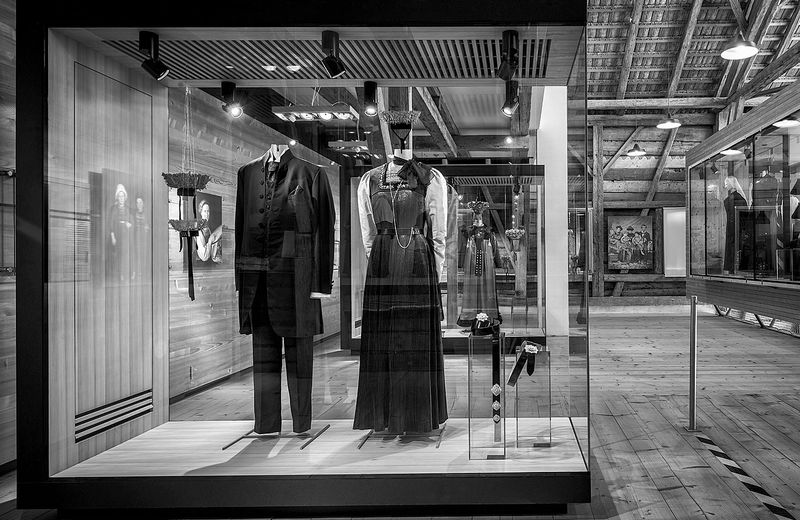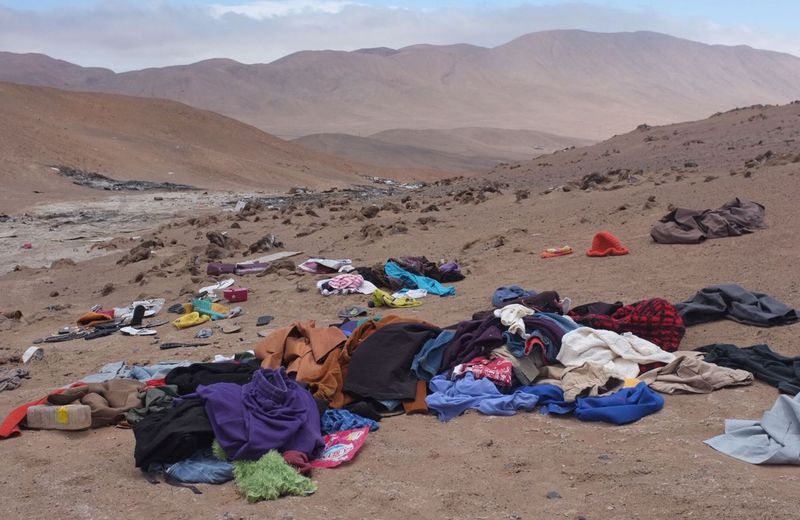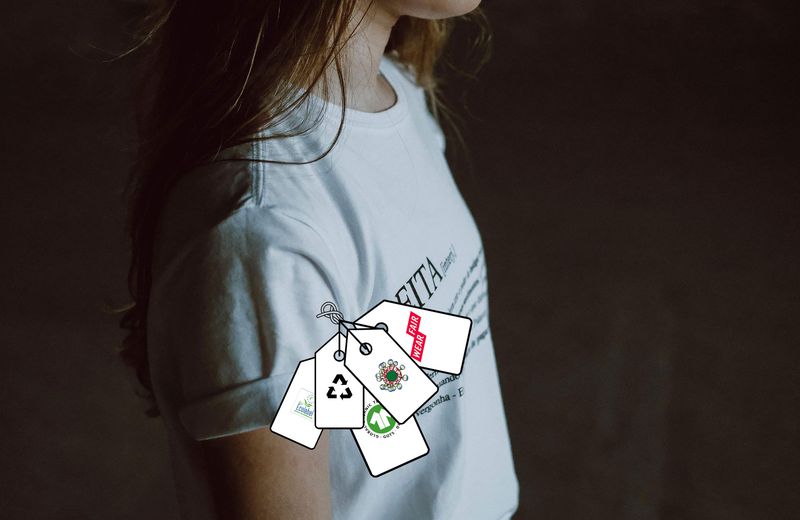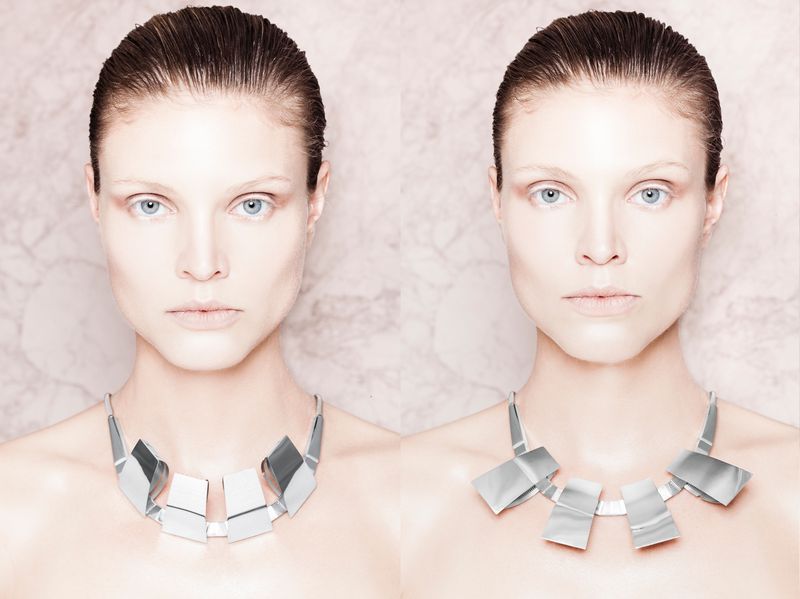
FORMBYTIME Mechanics Meets Art
Established in 2013 in Vienna by Leonhard Peschta and his father Michael Peschta, FORMBYTIME specialises in electromechanical jewellery, using precious metals and electronic elements. Extraordinarily, each piece can transform its shape, reflecting the wearer’s motions connected via a Bluetooth device.
Austria is a country where tradition is deeply engraved in the culture, affecting production practices in many fields to this day. The recent re-discovery of the richness and luxury of the age-old processes has had an especially strong effect in the designing sphere, seeing makers, artists, and creators, looking back at the past, and re-applying it to the future. The infusion of modern technology into traditional craftsmanship is something which can yield a tremendous amount of beauty and functionality, as exemplified for instance, by the brand FORMBYTIME.
FORMBYTIME is a quintessential Austrian company of the future, borrowing from the past, always looking towards the future, and using the interplay between the old and the new to create exceptionally unique pieces of jewellery. Established in 2013 in Vienna by Leonhard Peschta and his father Michael Peschta, FORMBYTIME specialises in electromechanical jewellery, using precious metals and electronic elements. Extraordinarily, each piece can transform its shape, reflecting the wearer’s motions connected via a Bluetooth device.
The family’s heritage in jewellery making goes back a long way, and now the new generation is tapping into all of the knowledge and know-how, infusing it with a contemporary art flair. We spoke to Leonhard a little about his work, his visions, and mechanical art.
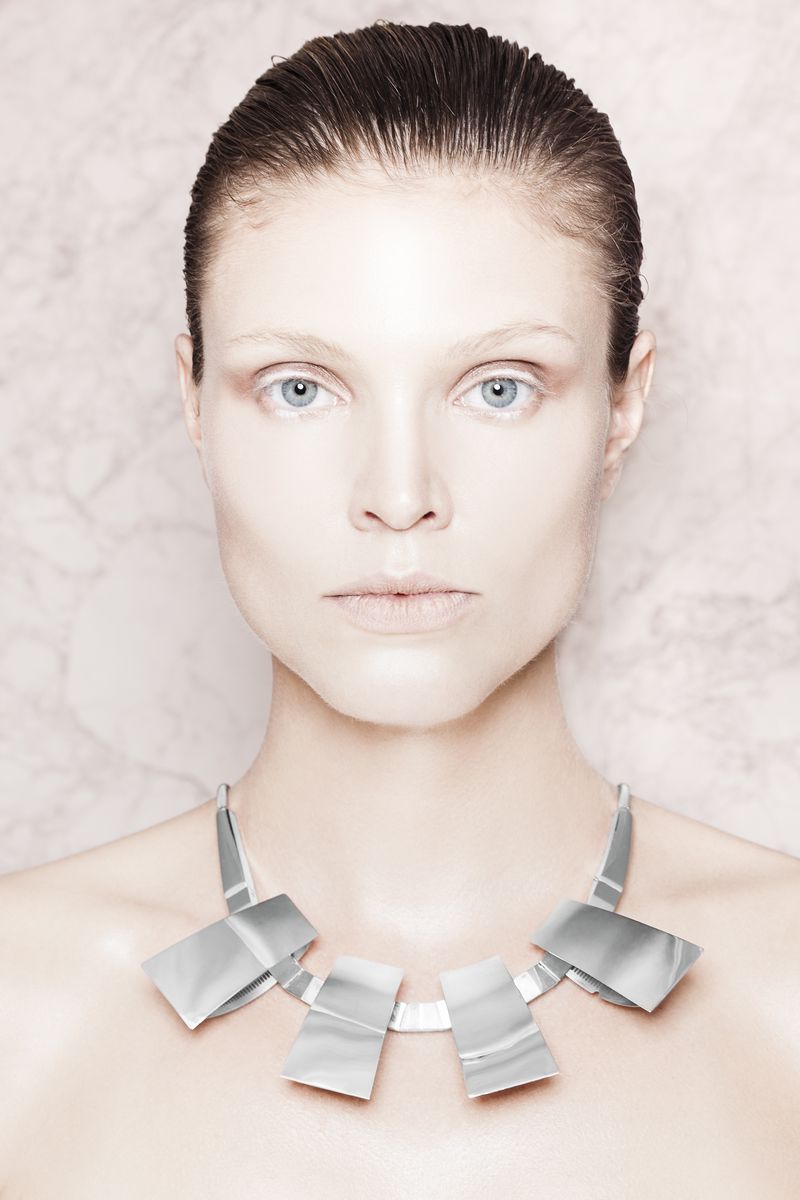
© formbytime by Luise Reichert
Would you introduce yourself and your unique company for us?
Hi, I am Leo Peschta, artist form Vienna and build electromechanical jewellery. Jewellery that can change its shape, capturing the aesthetics of motion and allowing the wearer to interact with it. The pieces have built-in motors, electronics, a rechargeable battery and are controllable via Bluetooth.
What made you decide to pursue such an unusual concept when it comes to jewellery?
I build robots in an artistic context for quite a while and my father is a goldsmith. So it was almost obvious for me to try and combine those two fields.
The combination of goldsmithery and mechanics is actually not even so unusual – if you think of the mechanical automates from the Renaissance or even mechanical watches.
To what extent do you see yourselves as artists and technicians? Do the two ever clash, or is there more of one than the other?
I do not see myself as a technician. I am just a curios dilettante in that field. Technical limitations are often a big obstacle while trying to realize a concept. So it’s always a compromise between doable and planed.
That’s why i do everything on my own. Starting from design to mechanics, electronics and software. In order to understand the limitations and make the compromise as reasonable as possible.
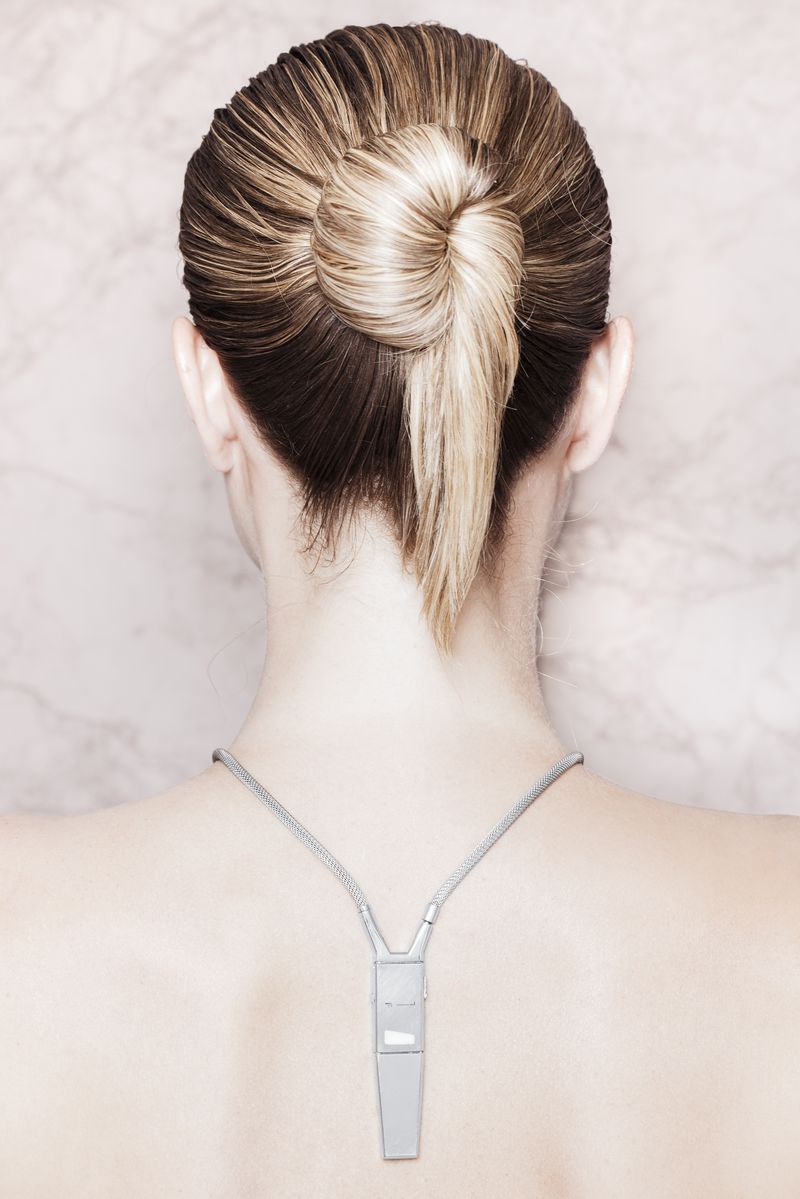
© formbytime by Luise Reichert
Do you strive for a certain balance between tradition and innovation? If so, how do you think it is evident from your pieces?
Not really. I go for the innovation, but still can build onto the experience from the last almost 100 years of family tradition in creating jewellery, using all the available new and traditional technologies.
I think my pieces stand for their own. I took my time developing them so all the small little details are well thought of and made with careful craftsmanship.
Do you think electromechanical jewellery is in a way an answer to our need as humans to interact, even with the objects we possess?
No – i think electromechanical jewellery does not answer anything at all. In the best case it pleases you visually and gets your imagination started.
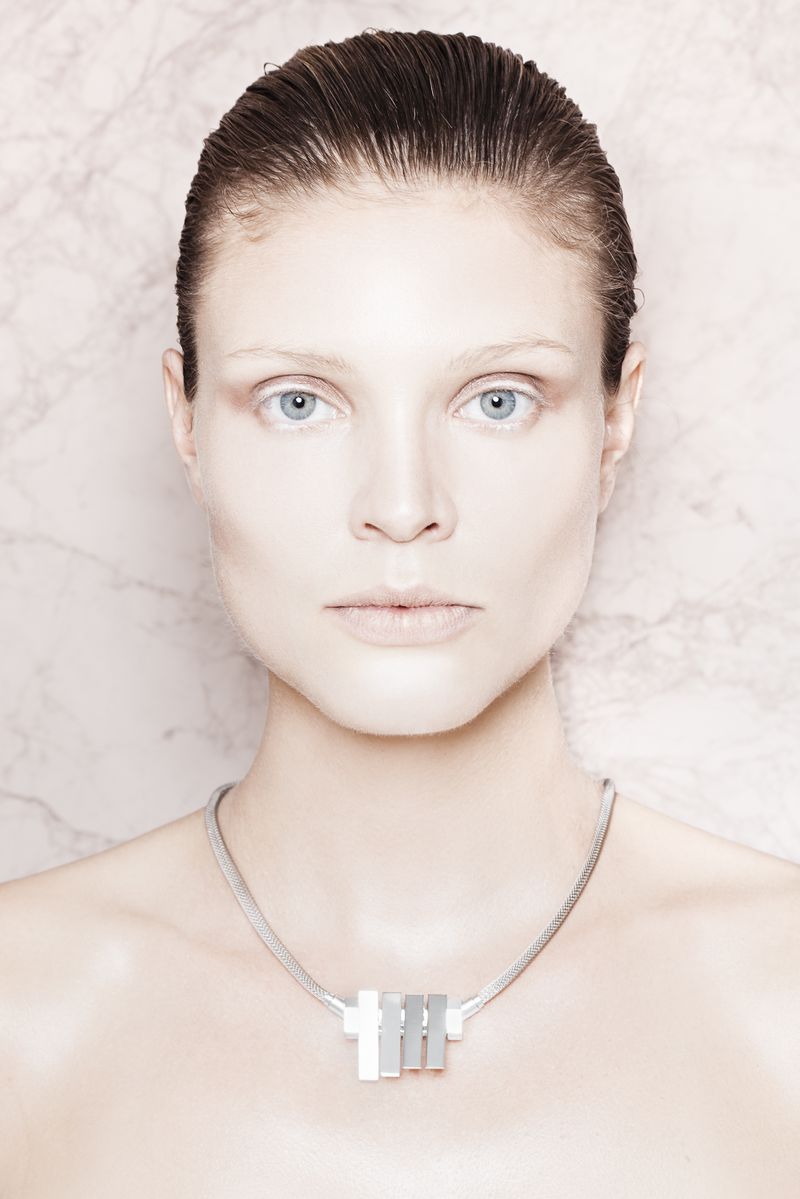
© formbytime by Luise Reichert
How much importance do you place on handcrafting? Do you see it as a sustainable way of producing for the future?
The question is what is handcrafting? Is it still handcrafted if i use a saw and a hammer? Still handcrafted if use a 3D printer?
We produce all parts for the pieces in house and utilize a lot of machines for it. But also spending a lot time with those parts in our hands to finish and assemble them. Most of my designs could not be realized without the use of modern machines.
I think it’s always a good idea to take machines to help you fulfil your goals. If a machine is able to help you - use it. Everything else would be stupid. It will free up a lot of time you can use for more creative work.
Is there any artist or designer who inspires you or informs your work?
There are many, like George Rickey, Theo Jansen, etc..
Finally, is there anything you wish was more present and visible in the contemporary jewellery designs today?
Motors
Text:
Manuela Mitevova
All Photos © formbytime by Luise Reichert

